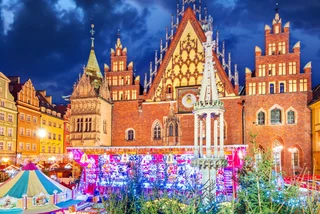The exhibition is more than a hotchpotch of shabby relics, though. There are information boards in every room which outline the historical background, beginning with the founding of the Czechoslovak state through to the Communist putsch, Normalization, and finally the Velvet Revolution. These explanations are in Czech but have also been translated into five other languages, thus making the museum accessible to a wide range of visitors, a fact which is to be applauded.


